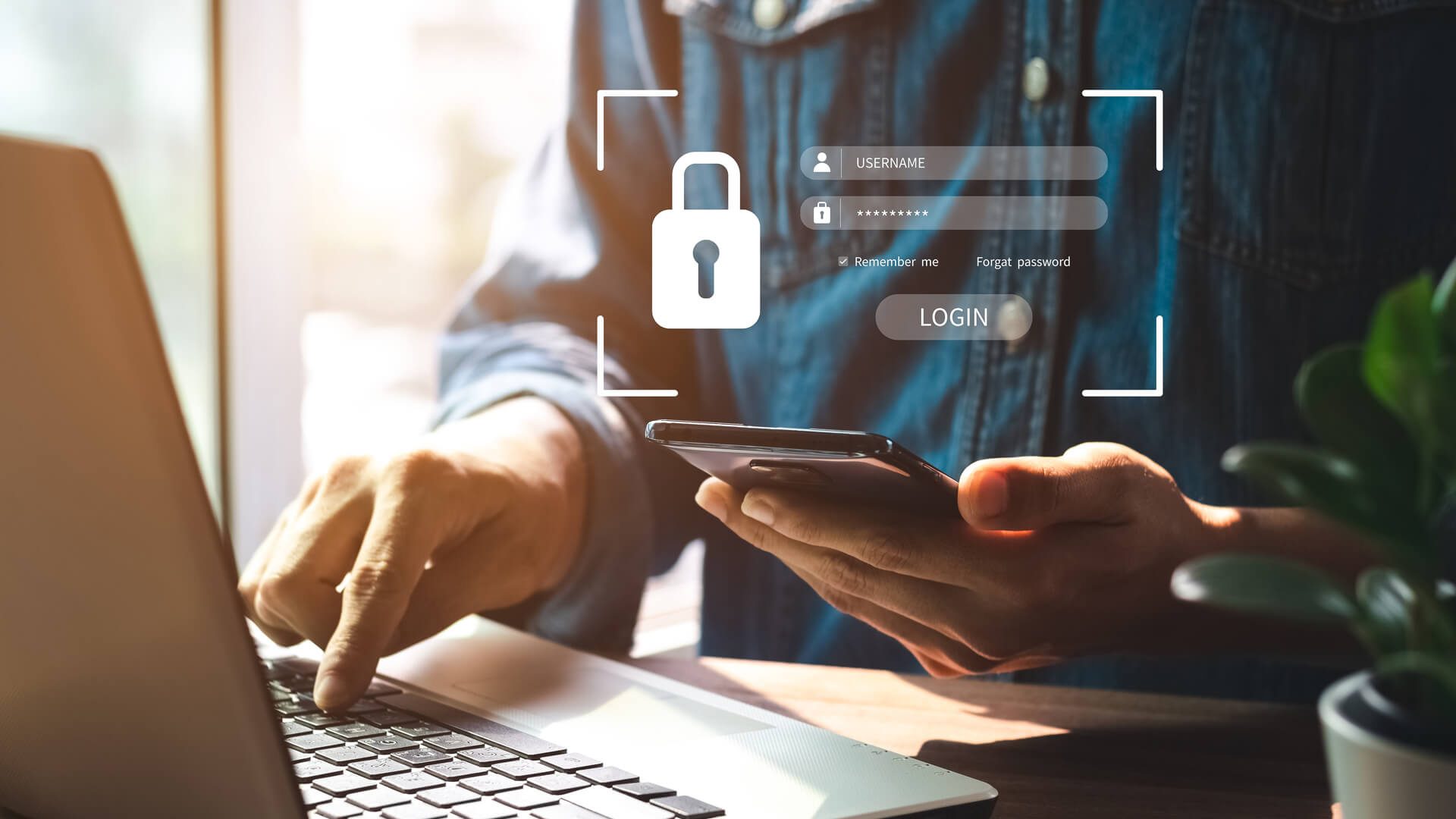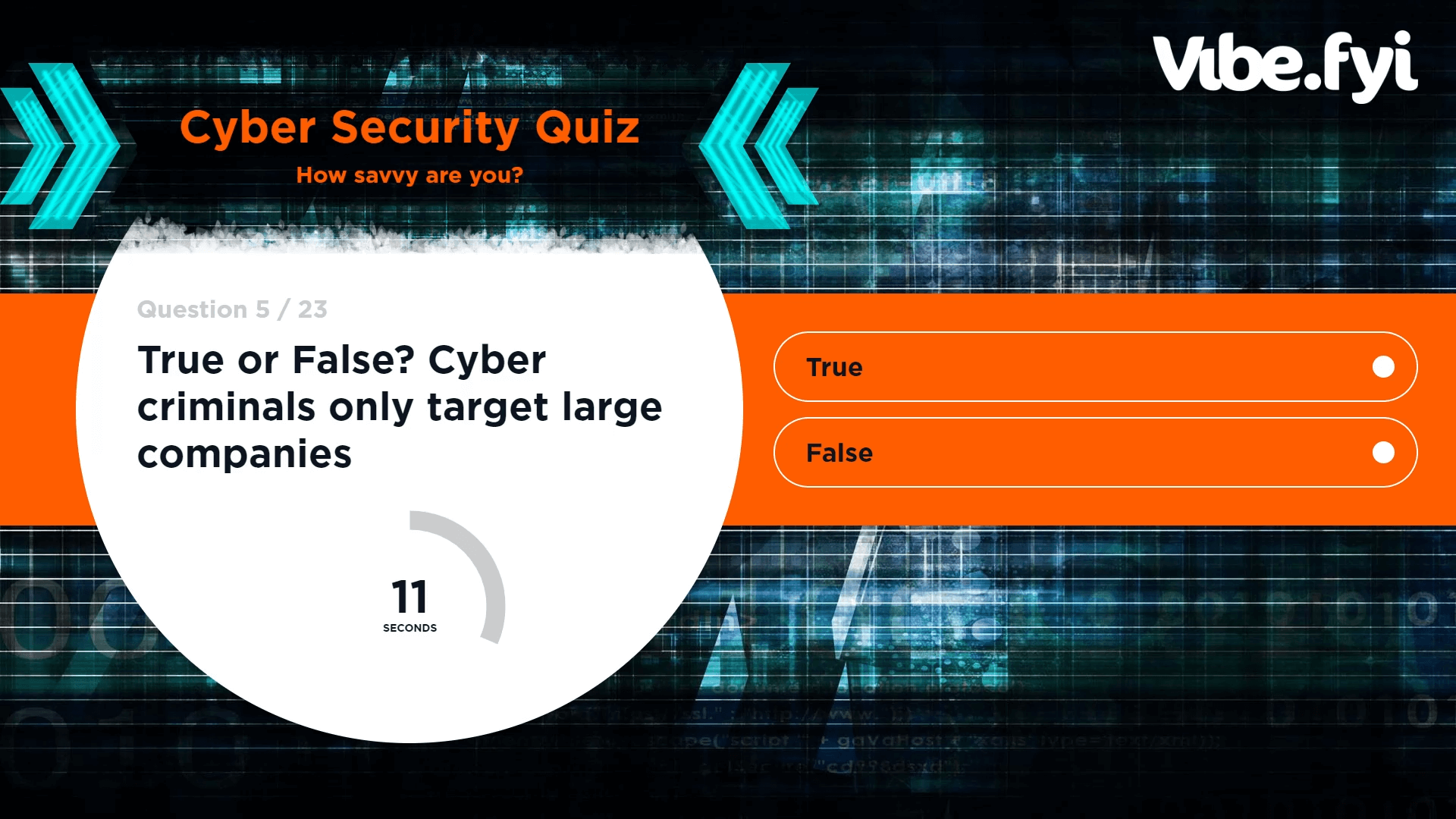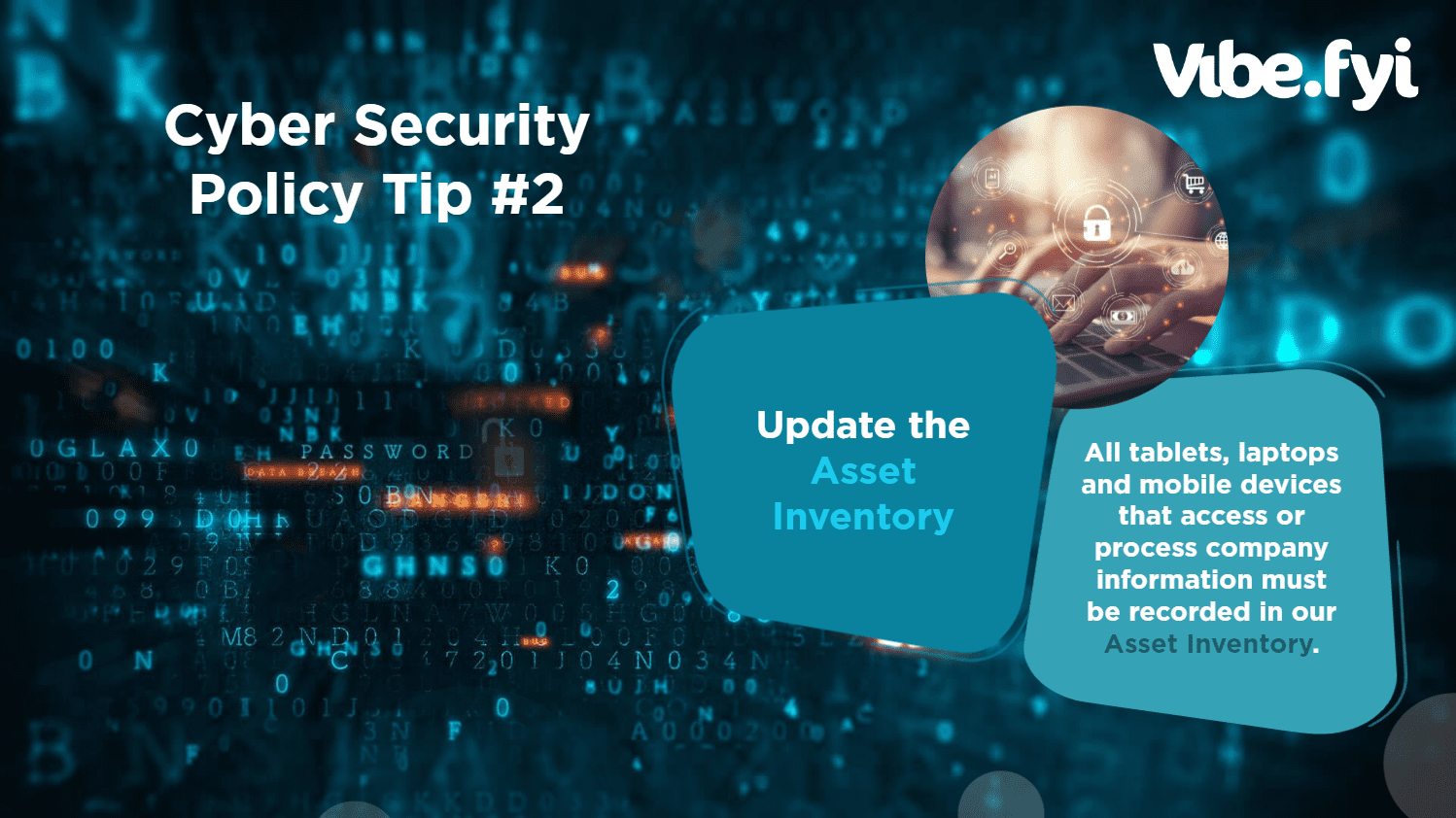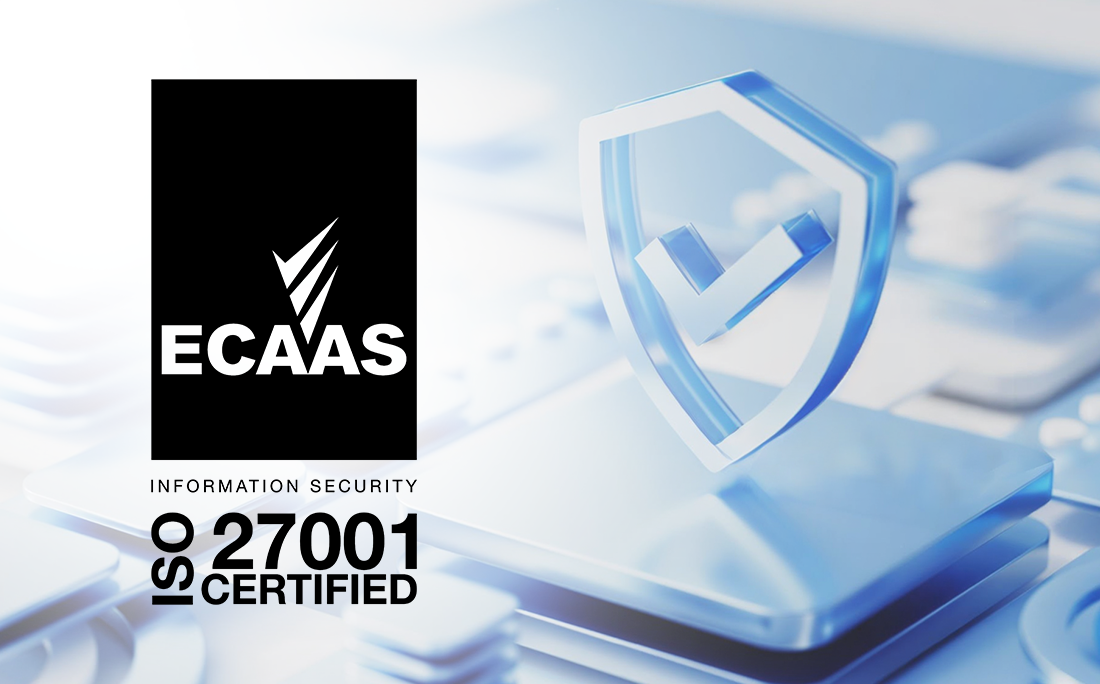Cyber security in the workplace ranks highly for many businesses, even more so than improving the customer experience, increasing employee productivity and enabling digital transformation according to a 2022 survey by the Enterprise Strategy Group. This article will explore why cyber security is so important for businesses, what it means for internal communicators, and how internal communication specialists can effectively share cyber security messages.
Why is cyber security so important?
Cyber security is the state or process of protecting and recovering computer systems, networks, devices, and programs from any type of cyber attack.
A cyber security breach will impact each organisation differently depending on the timing of the attack, duration of the attack and which industry the business operates in. However, common impacts of a cyber security breach include:
- Loss of reputation. Customers and stakeholders lose trust and are unlikely to do business with a company that has been breached, especially if it impacted customers’ data
- Theft. This includes stolen data, logins, intellectual property and more.
- Financial losses. A data breach report by IBM states the average cost of a data breach in 2021 is $4.24M, up 10% from 2019
- Fines. Depending on where your business operates, monetary penalties may apply too. In the EU there’s a 20 million fine for breaching General Data Protection Regulation (GDPR) rules
To put the importance of cyber security int he workplace into context, Microsoft spends $1 billion on cyber security every year, and American investment bank JPMorgan Chase spends over $600 million each year. Recently the New Zealand government has budgeted hundreds of millions of new funding for cyber security resilience.

Phishing remains the most popular method of cybercrime because it exploits human nature.
What does cyber security in the workplace mean for internal communicators?
Internal communicators play an important role in educating the workforce on the importance of cyber security, the company’s cyber security policies and what to do in case of a data breach.
Spending more on cyber security without aligning it to the wider business doesn't guarantee a safer organisation. Research from Accenture shows that the companies that perform best against cyber threats adopt a holistic approach to cyber security. This means strong collaboration between security officers and the right executives to gain a 360-degree view of the business risks and priorities.
As an internal communicator, you play an important role in bridging the gap between the IT department and the rest of the business. You help them get their cyber safety messages out there and receive feedback. As a result, the IT department will have a clearer sense of purpose and better align cyber security with the wider business goals.
How to communicate about cyber security to the workforce
You don’t want vital messages about cyber security to be buried in an inbox or lost on the company intranet. Instead, here are nine tips on how to communicate the importance of cybersecurity to employees to make sure they follow through and stay safe against network threats.
1. Understand the fundamentals of cyber security
13% of businesses believe that internal communicators should add cyber security to their list of skills. Understand the fundamentals of safety, security, and privacy to effectively support cyber security measures across your business.
2. Start cybersecurity communication during onboarding
Set good cyber safety habits from the start. Onboarding is a great opportunity for you to educate new employees on cybersecurity best
practices (such as setting a strong password for the computer), and company cyber security policies so new employees know what to do in
the event of a breach.

An unsecure computer connected to the internet can become a target of more than 2,000 cyberattacks daily.
3. Create a single source of truth for all your cyber security content
Do you have a dedicated IT channel on a workforce communications platform or a page on your intranet where your workforce can access information directly and resolve their issues? Having a single source of truth for all your cyber security content removes confusion, streamlines onboarding, and stores critical information. Here are some cyber security content ideas:
- How-to resources. Educate employees on how to identify phishing emails and more
- Important IT documents. This includes cyber security policies and best practices
- Tips and tricks. Educate employees on cyber safety, malware and more
4. Communicate about cyber security over multiple channels
A person needs to see a message seven times to remember it, and 17 times to act on it. Communicate cyber security messages over many communication channels such as:
- e-Learning courses
- Email updates
- Screensavers
- Bite-sized messages on workplace digital signage screens
- Lunch-and-learn sessions with your IT team
- Intranet sites




.png)

